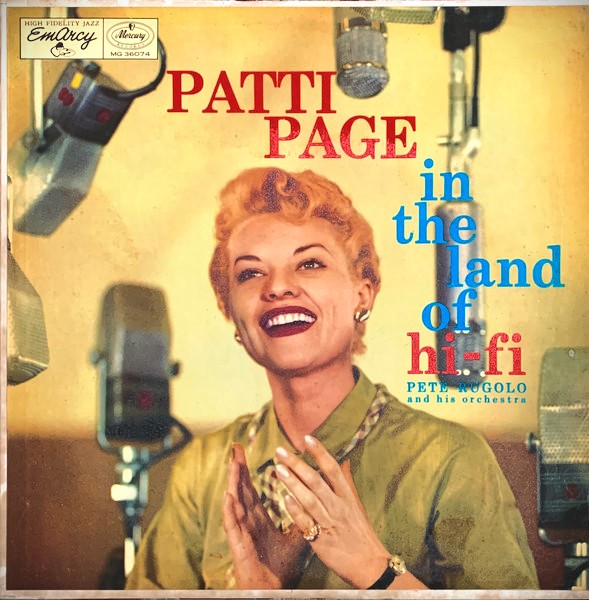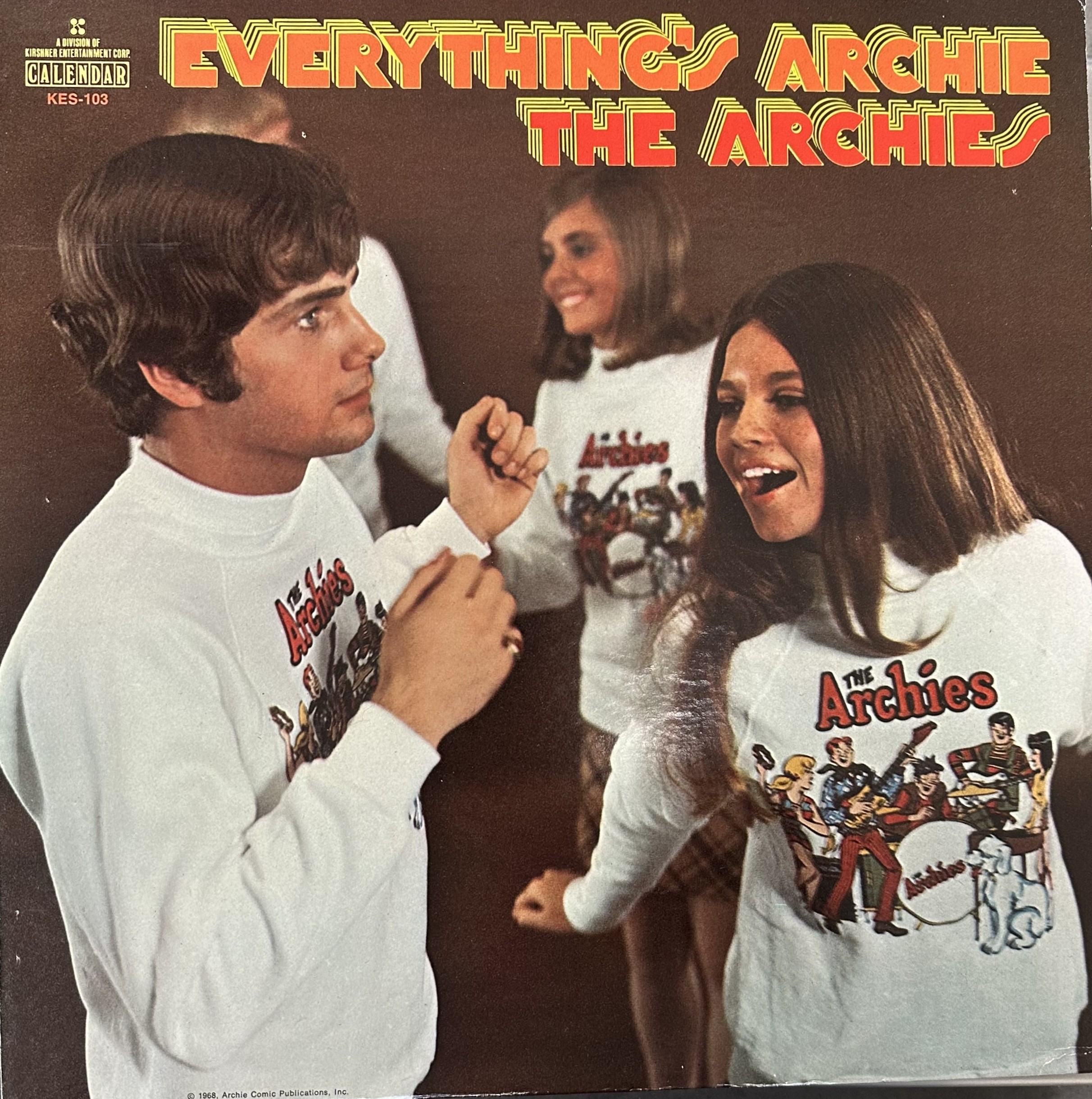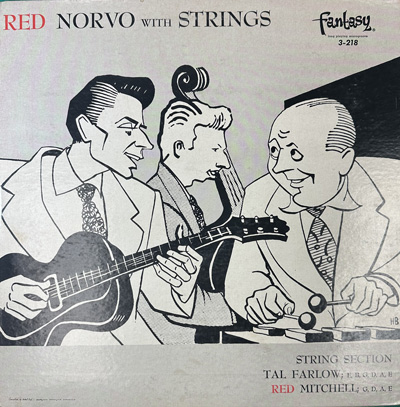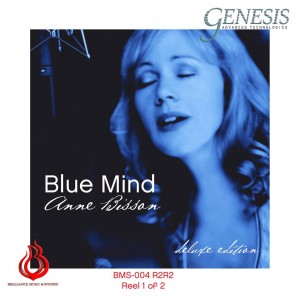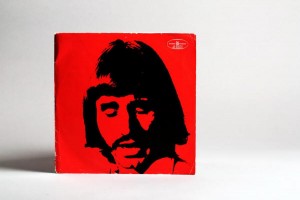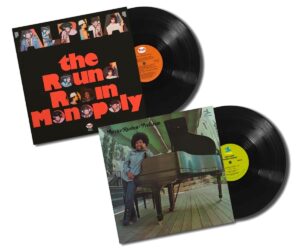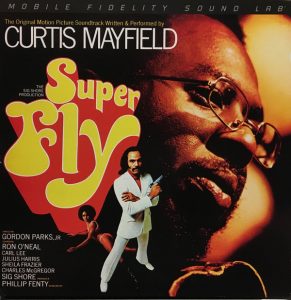Chicago based conductor and arranger David Carroll (1913 - 2008) made a lot of records for Chicago based Mercury Records. As he also held an executive producer position at Mercury, I suspect that some of his LPs, EPs, and singles were arranged and conducted by somebody else. Also, if you shopped for vintage LPs during the 80s and 90s, I know that you saw Carroll albums.
Record collectors tend to know that Mercury made great sounding stereo records, and it's pretty clear to my ears that Carroll cared about sound, as many of his albums are great choices for stereo demonstration. These records include the five Carroll LPs that I currently own, which are Percussion Parisienne (PPS 6008), Contrasts (Wing SRW 12508), That Feathery Feeling (SR60026), David Carroll Galaxy (SR 60690), and the subject of this review, rePercussion (SR60029).
Many people do not understand why audiophiles, like us, sometimes listen to "dated music," such as the kind that David Carroll recorded. Let me be frank about this. People who derisively refer to older music as dated do it as a shield for their lack of musical knowledge. Honestly, if old music is inferior because it's dated, then Sonny Rollins and The Beatles must be insignificant. Sarcasm aside, David Carroll's music is indeed lightweight, but it's also uniquely effervescent, and the fact that his LPs feature sound that is often remarkably believable means that the end result is greater than the sum of the parts. In short, David Carroll, like Martin Denny, Lincoln Mayorga, and Herb Alpert, made irresistible analog ear candy.
Speaking of ear candy, which this album is full of, side one cut three of rePercussion is called "Bells And Little Bells," and it sounds as sweet as recorded sound gets. What living, breathing analog enthusiast doesn't love chimes? And, what lover of high end audio doesn't love tympani and bass drums? This cut also features ultra rich sounding vibes from percussion extraordinaire Bobby Christian. Cuts four, five, and six are "Prologue," "Maria Cha-Cha," and "Cool" from West Side Story, and hearing these ultra familiar tunes in Mercury's ultra dynamic sound is indeed a first class audiophile thrill.
Side two opens with "Dizzy Fingers." Although this is a flashy work for solo piano, it's also a perfect tune for a fine pianist named Caesar Giovannini to play with a percussion ensemble. In addition to Giovanni's dizzying pianism, we get chimes, woodblocks, and more insanely good mallet work from Bobby Chistian, this time on the xylophone. This thrilling cut, with its wide stereo stage, sounds remarkably perfect on my Sennheiser HD650 headphones.
Ready for even more chimes? Of course you are! Side two cut three, "The Bells Of St. Mary's," features not one but two men on chimes. It also uses an electric guitar to propel the music forward. The cut starts slow and remains slow until the guitar grants the musicians permission to jam. The cut comes across as a mini tone poem for audiophiles, and I really like it.
Bobby Christian wrote the last cut on the album, and his intention, which is fully realized, is a demo for tympani and audio systems. If you have speakers that can move serious air in the bottom octaves, which my Legacy Signature 3s do rather well, or headphones that can do the same, you will love this cut, and so will your friends.
The ensemble that made this record is essentially the same group of musicians who recorded under Dick Schory's name for RCA. In fact, Dick Schory is on this record, and Bobby Christian is on Schory's records. I absolutely love the awesome sounding LPs that Dick Schory produced for his Ovation record label. However, I'm not as impressed with Schory's cutesy-wootsy arrangements on LPs like "Bang, Baaroom, And Harp" (RCA LSP 1866). By comparison, I find Carroll's straight-ahead arrangements much more satisfying. Also, the impactful Mercury sound is more to my liking. RCA recorded this ensemble in Chicago's Orchestra Hall and in doing so they captured some of the same unmusical and cavernous colorations that harm Fritz Reiner's records. rePercussion was recorded at Chicago's Universal Recording and the clarity of the recording space is a stark contrast to RCA's attempt at creating a concert hall experience. I wouldn't kid you about the fact that the Carroll LP features a dash of live chamber reverb, but the clarity, focus, and palpability, well-known hallmarks of the Mercury sound, is, despite some post production lubrication, greater on the Mercury LP.





